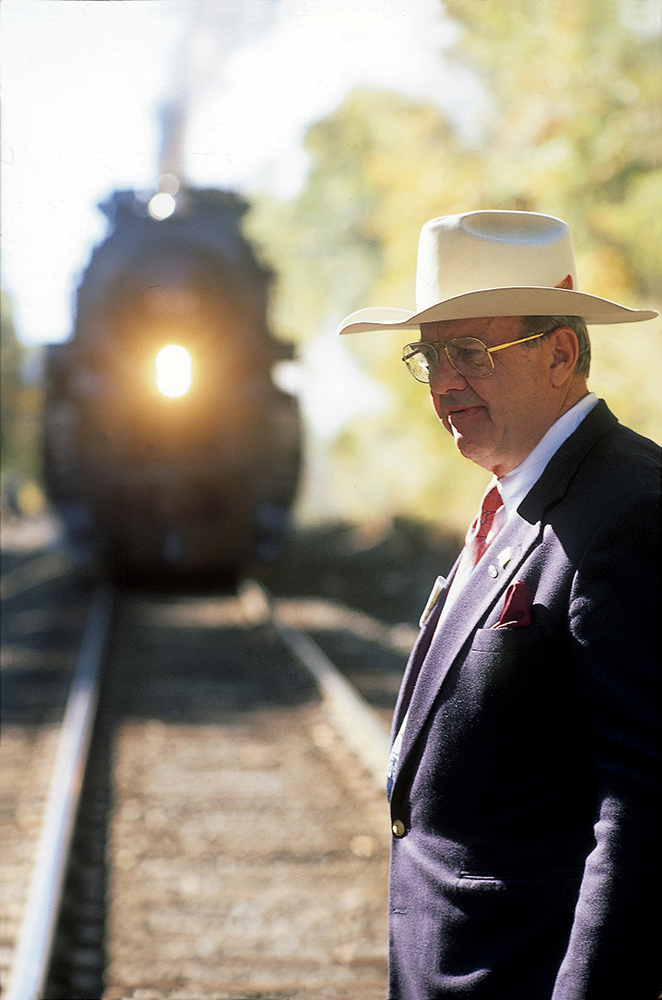
SACKETS HARBOR N.Y. — As he approached his final days in recent weeks, Ross E. Rowland could look back secure in the knowledge that U.S. steam — indeed even the entire rail preservation scene— owes him a substantial debt. From his Golden Spike exhibition train of 1969 to the American Freedom Train of 1975-76 to his ACE 3000 project of 1985, Rowland compiled a singular record of high-profile steam operations.
Rowland, 85, died July 19 after a brief battle with cancer. He lived in Sackets Harbor, N.Y., where he moved several years ago from his longtime home in New Jersey.
A successful Wall Street commodities trader by profession but a steam entrepreneur at heart, Rowland was associated with the operation of an unprecedented variety of large steam locomotives, including Nickel Plate 2-8-4 No. 759, three Canadian Pacific 4-6-2s, Reading 4-8-4s No. 2101 and 2102, and, most recently, Chesapeake & Ohio 4-8-4 No. 614. And all as a private operator, not a railroad official.
More than the individual locomotives, however, he’s likely best remembered for his role as a showman, conceiving and staging steam operations on a national stage, most notably the Golden Spike Centennial Limited behind NKP 759 and his part in the American Freedom Train. The latter operated in the eastern U.S. behind Rowland’s ex-Reading No. 2101 in the patriotic guise of AFT No. 1.
Dan Cupper, editor of Railroad History, the journal of the Railway & Locomotive Historical Society, credits Rowland with taking advantage of a unique moment in railroad history.
“When steam locomotives had become irrelevant, passenger trains were on life support, and American railroads were free-falling into bankruptcy at a rate not seen since the Great Depression, Rowland came along to brashly champion all three,” says Cupper. “Coming from a person not employed by the railroad industry, this was unprecedented.”
According to his Wikipedia entry, Rowland was born in Albany, N.Y., to a railroad family but grew up mostly in New Jersey. As a teenager, a friend got him involved in New York City’s futures investment industry and by 1966 Rowland had formed his own firm, Floor Brokers Associates, Inc. He also later served on the board of directors of COMEX, a precious-metals investment firm.
Rowland’s financial career seemed mostly to serve as a platform for his involvement in railroading. He formed the High Iron Co. in 1966 by operating steam excursions in the Northeast with various engines before landing a signature locomotive in 1967 with NKP No. 759, which High Iron leased from the Steamtown museum, then in Bellows Falls, Vt. The High Iron team moved the big Berkshire to the storied NKP roundhouse at Conneaut, Ohio, where it was fully restored.
Despite its brief association with High Iron — the 759 was returned to Steamtown by the mid-1970s — Rowland made headlines with the engine, running trips up and down the former New York Central along the Hudson River; conquering the Pennsylvania Railroad’s Horseshoe Curve; participating in Amtrak’s inauguration on April 30, 1971, by hauling Norfolk & Western’s last run of the Pocahontas passenger train; and using the 2-8-4 in May 1969 to haul the Golden Spike exhibition special from Harmon, N.Y., to Kansas City, where the train was turned over to Union Pacific for a ceremony at Promontory, Utah.
The success of the Golden Spike operation served as a template for the creation of the American Freedom Train, a trainload of exhibits and artifacts from American history. For the AFT, Rowland acquired retired Reading 4-8-4 No. 2101, restored it quickly, and used it for the train’s appearances east of Chicago. Operations in the west were handled by ex-Southern Pacific Daylight 4-8-4 No. 4449, under the direction of Doyle McCormack.
By all accounts, the Freedom Train project was a big success, luring millions to trackside. With its completion and No. 2101 in running condition, Rowland worked out a new arrangement with Chessie System in which the 4-8-4 would haul excursions beginning in 1977 as the Chessie Steam Special, covering much of the railroad’s 20,000-mile network just ahead of Chessie’s merger in 1980 with Seaboard System to form CSX Transportation.
When the 2101 was severely damaged in a roundhouse fire in Kentucky in March 1979, Chessie compensated Rowland in the form of Chesapeake & Ohio 614, built by Lima in 1948 for C&O passenger service and displayed after retirement at the B&O Museum in Baltimore. After a full restoration, Rowland and No. 614 staged another system tour as the Chessie Safety Express.
Rowland wasn’t done. Still dedicated to steam as a viable technology, he formed American Coal Enterprises with the goal of designing and constructing a new locomotive called the ACE 3000, a purported answer to the energy crisis of the late 1970s. Although the project never got off the ground financially, Rowland did manage to run the 614 — numbered as 614-T — as a test bed for the ACE 3000 concept, pulling CSX coal trains in West Virginia in January and February 1985.
During the mid-1980s, Rowland served on Amtrak’s board of directors.
Rowland and the 614 resurfaced again in the late 1990s with a series of highly patronized excursions over New Jersey Transit from Hoboken, N.J., to Port Jervis, N.Y. Just before his death, Rowland celebrated the successful sale of the 614 to the rail preservation firm RJD America and its subsequent transfer to the Strasburg Rail Road for restoration.
A point of pride for Ross Rowland was his status as an honorary lifetime member of the Brotherhood of Locomotive Engineers. His admirers will remember him as the archetypical hogger, leaning out the cab window of any number of steam locomotives, dressed in the full regalia of polka-dot cap, denim overalls, and leather gauntlets.
Information on Rowland’s family, his survivors, and funeral arrangements will be included when they become available.
— Updated at 1:45 p.m. CT to correct builder of C&O No. 614.






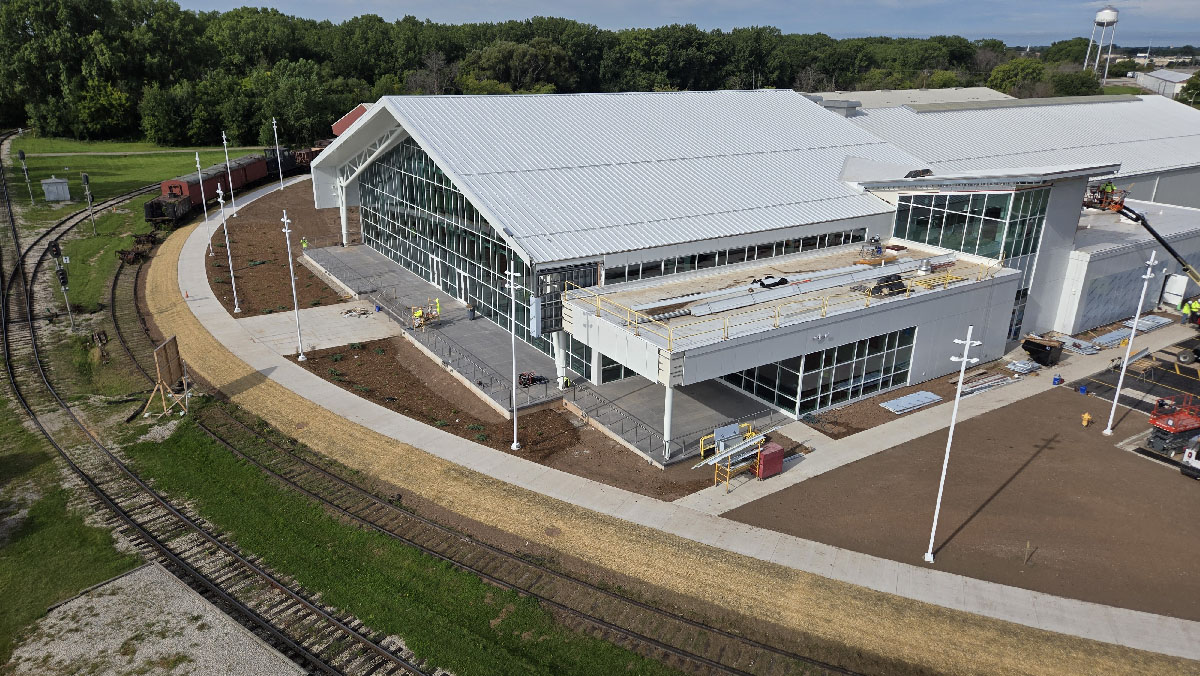
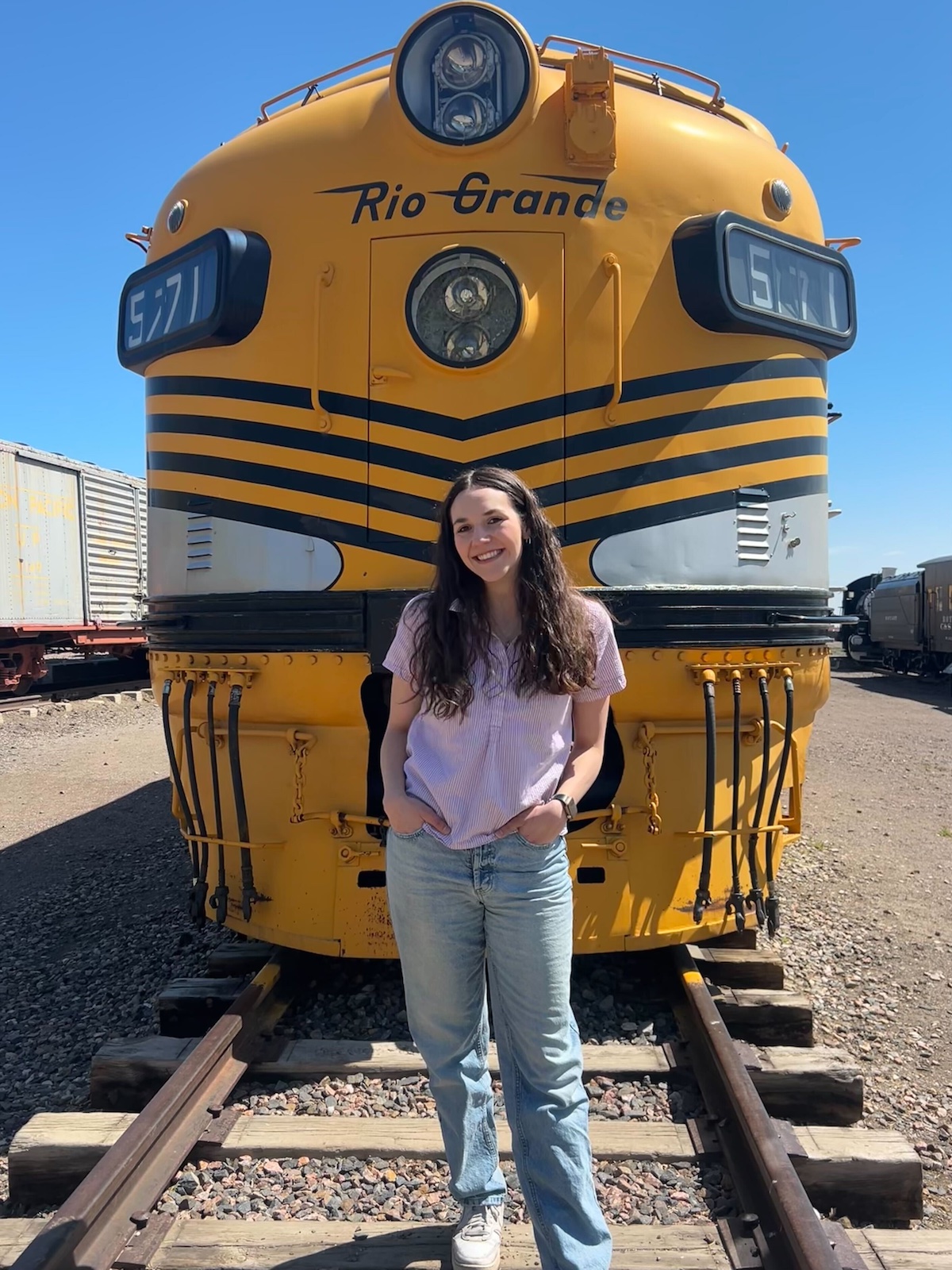
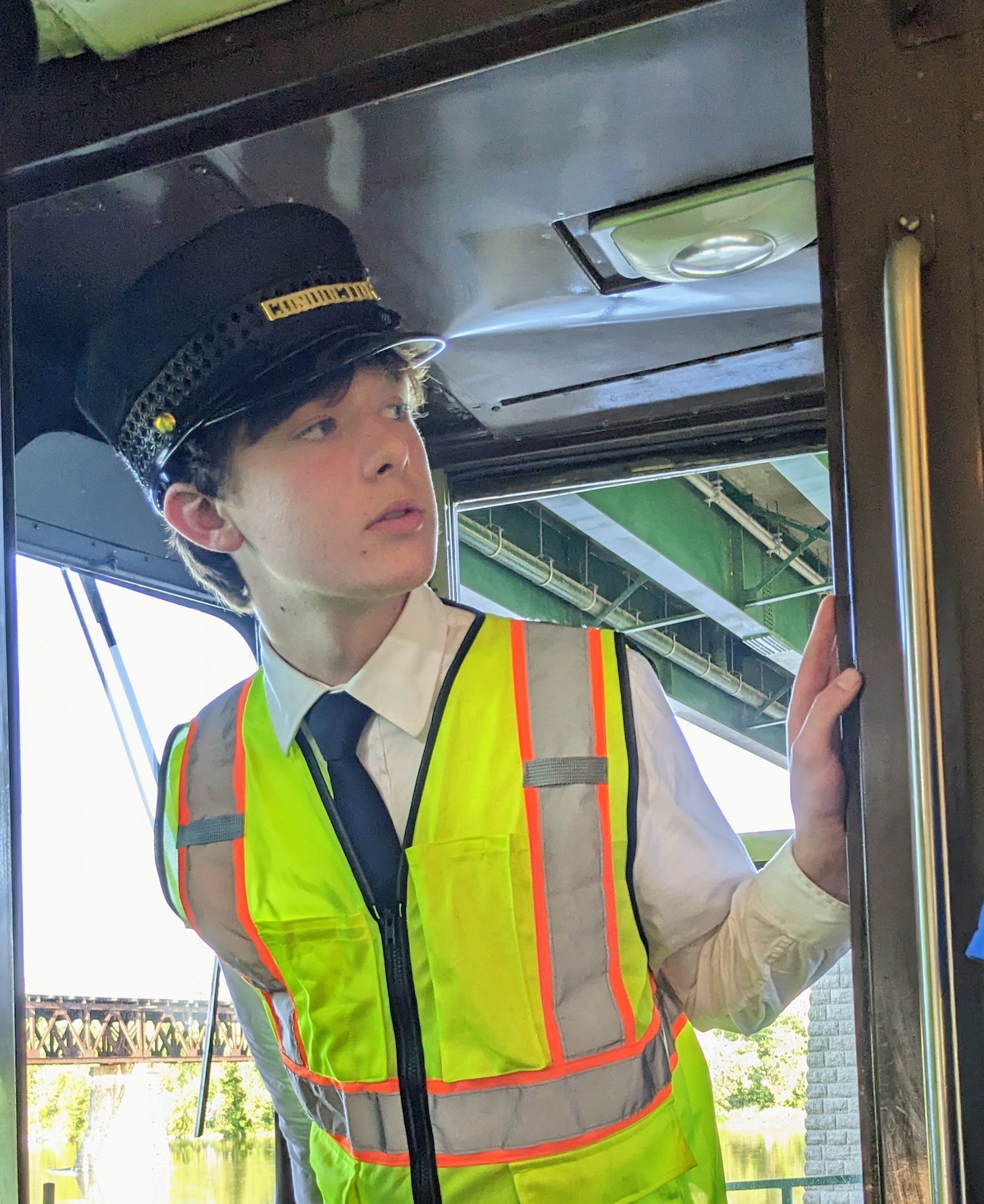
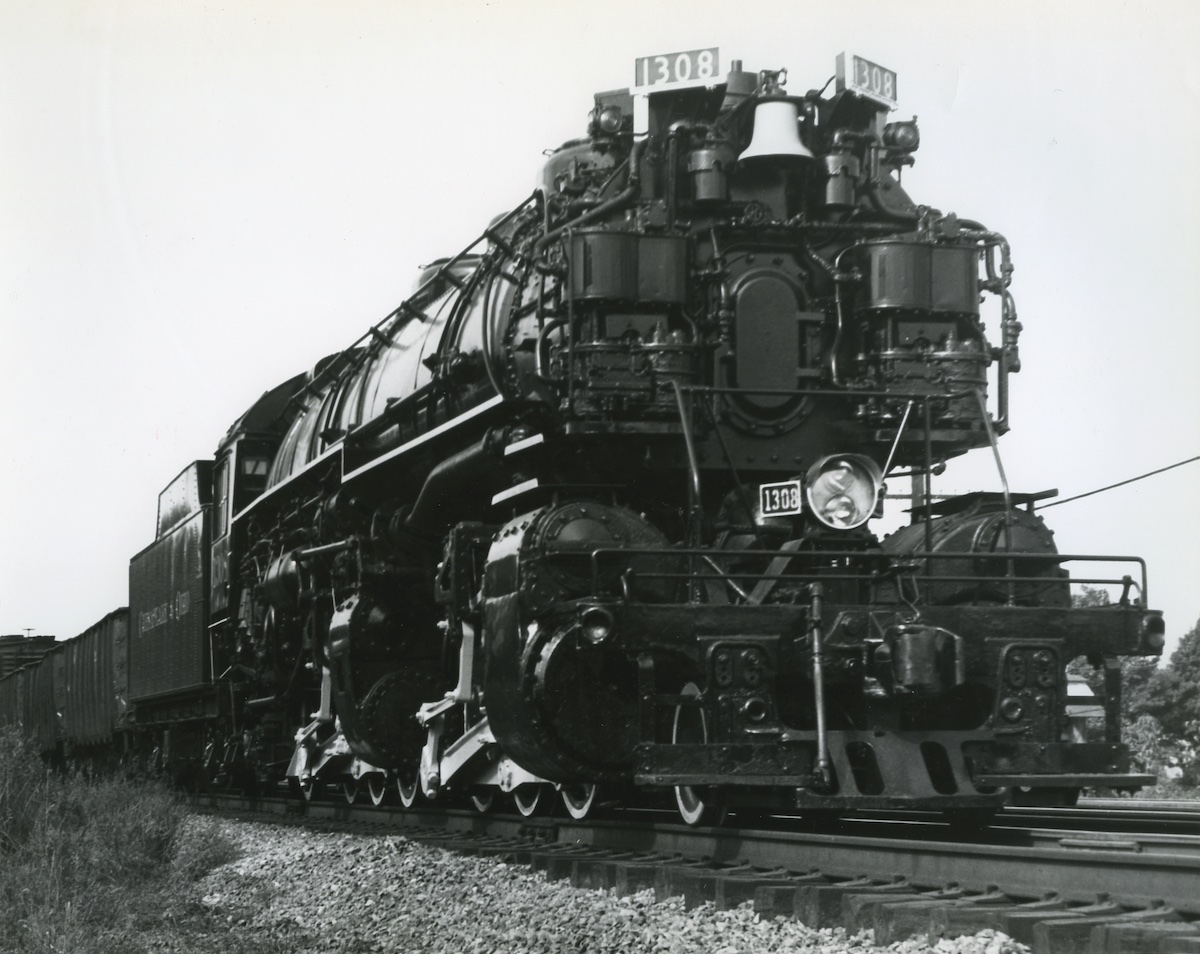

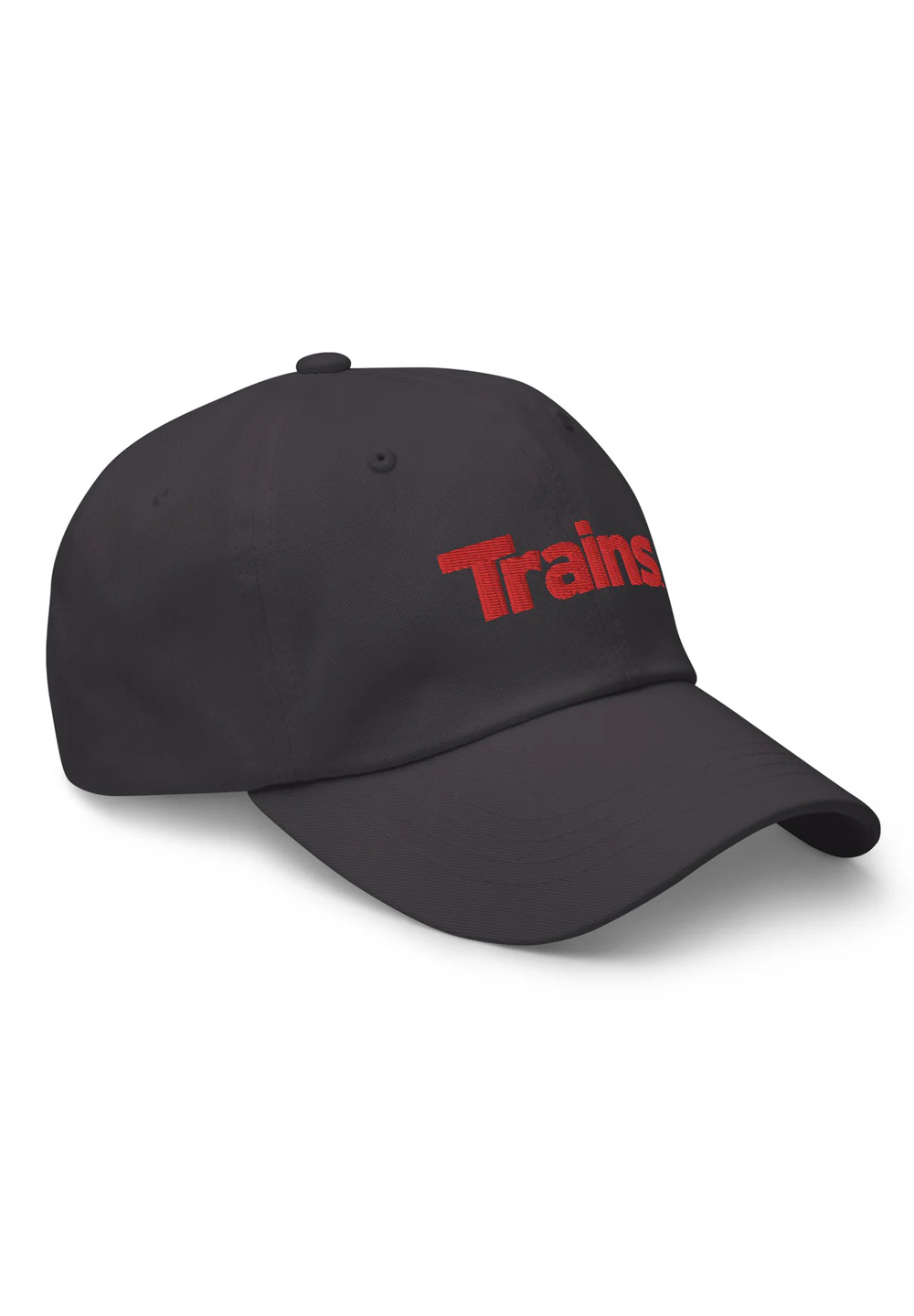
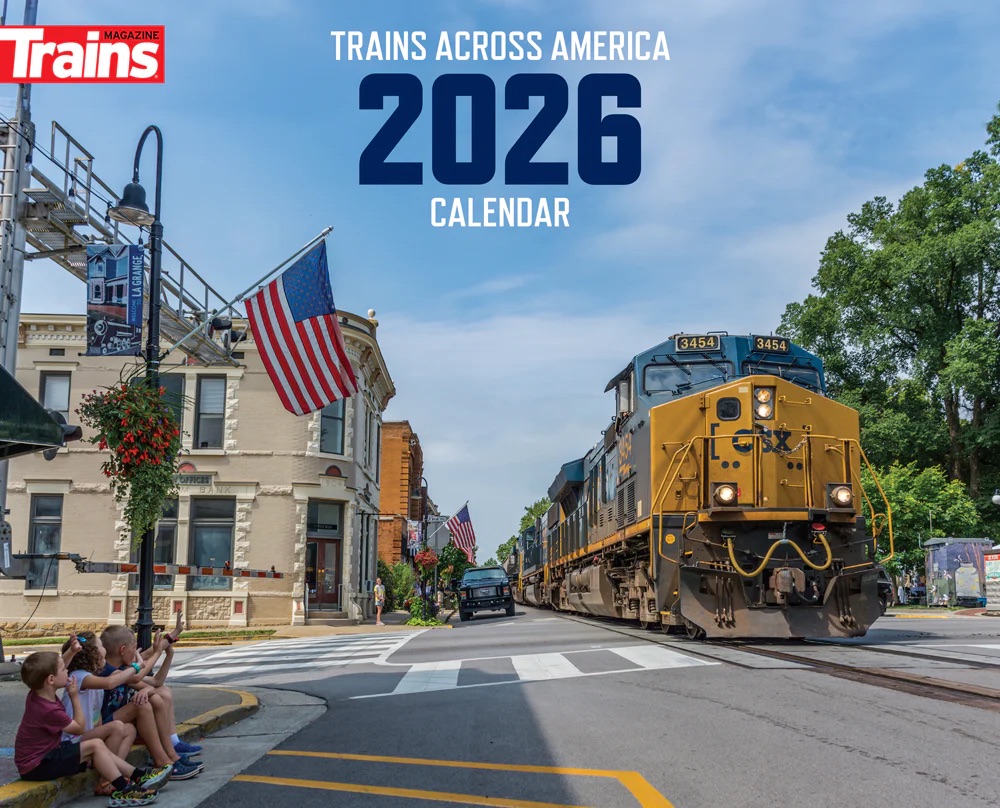
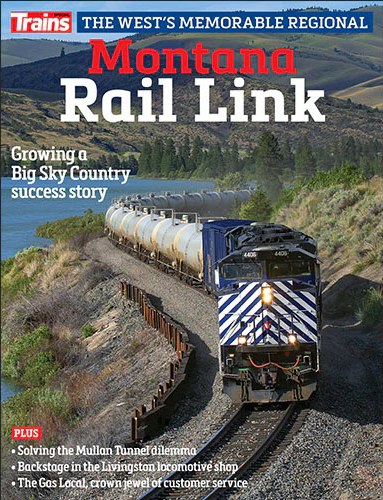
Ross was a legend he operated many great locomotives in his career. 4449, 3985, 844, a guest run of Big Boy, 611, he has done them all. We will miss him on the high iron.
I had the honor of firing for Ross when he ran the holiday trains on the New Hope & Ivyland back in the 00s. One of the most decent guys you could hope to work with in this business. There’s no doubt a special place for him in that great roundhouse in the sky.
Great person. I had the pleasure of sharing a breakfast table with him on the Capitol Limited in the early 90’s. One of the best moments was when he shared his opinion of Al Pearlman when passing the NYC Mohawk in Indiana–“the only one that got away from the SOB”. I still have the photo of 614 he inscribed to me.
A great man with great and BIG ideas, a friend of preservationist and historians alike. He will be missed and has left a big hole in train enthusiasts hearts… RIP.
I think Ross did more to “turn on” youngsters to steam operations more than anyone else. His touch was truly nationwide. Great obit.
He was an extraordinary man indeed.
When Ross starts up the Pearly Gates RR which of his many locomotives will he copy to pull the trains around Heavens Gate? Thanks Ross for making it possible for a California kid and SP fan living in the Carolinas to ride 4449 yes and thanks too to Doyle for that great memory.
RIP “Ross The Boss,” from the earliest days at High Iron at the CNJ passenger station, to the floor of the Commodities Exchange, which was just like the Eddie Murphy movie, to my daughter in the cab on one of the trips over NJT, to private car trips, many memories which will always bring a smile to my face. He once told me that he was an honorary lifetime member of BLE. I guess it was true.